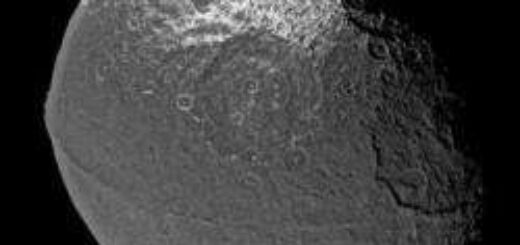Defying Explanation: The Mystery of the Longyou Grotto Caves

One of the most mysterious underground sites ever discovered was found in the 1990’s near the village of Shiyan Beicun in Zhejiang province, China when farmers accidentally unveiled the long-hidden underground complex.
The Longyou rock caverns are a group of extremely large ancient underground caverns. According to researchers, they were carved by hand in pelitic siltstone in the Quxian Formation of Upper Cretaceous. Upon extensive research, scientists concluded the following five characteristics defining the Longyou Grotto Caves: more than 2000 years old, man-caved, large spanned, near ground surface and medium to hard surrounding rock. The mind-boggling underground complex was unearthed by local farmers in 1992. This discovery called the attention of many specialists from numerous countries around the globe including China, Japan, Poland, Singapore, and the USA.
One of the most fascinating and challenging enigmas is why the five caverns have been able to keep their integrity for a period of over 2000 years.
Initially, the complex was thought to have been a single cave. However, further investigation showed that the cave was in fact a network of a staggering 36 underground chambers hidden below the surface. All of them carved by hand.
This extensive and rare, ancient underground ‘world’ is considered in China as the ninth wonder of the world.
But what makes the Longyou Grotto Caves so amazing?
Well, in addition to its humongous size, there is not a single ancient text that describes the underground ‘city’ nor its creation. Even today, researchers have absolutely no idea who created the impressive underground complex, what its purpose was or when it was made.
But the greater mystery is the level of precision achieved in the underground complex which occupies a staggering 2,000 square meters with the tallest point of the underground complex exceeding 30 meters in height.
The caves are notable in several respects:
Source
To the amazement of researchers, the four steles of cave 1 are symmetrically distributed. The precise corners, finely carved stone and size of the underground complex has created great confusion around scientists who despite great effort, have failed to have found texts that indicate when the giant underground chambers were built or by who.
So far, researchers have only been able to conclude that the Longyou Grotto Caves are magnificent and momentous, the careful and delicate design indicates that sophisticated construction systems were used by its unknown builders. The precision present in the smallest details is indicative of superior craftsmanship which according to mainstream history should not have been possible thousands of years ago.
How is it possible that there are no historical documents that mention the mysterious underground complex? Is it possible that it was built by an unknown race? Is it possible that its construction goes back tens of thousands of years? Given the fact that the Ancient Chinese were extremely meticulous record keepers, it is a huge mystery that there are no records of the gigantic underground complex. The only thing researchers know is that the excavation of the entire complex would have been immense, as it would have involved the removal and movement of nearly 1,000,000 cubic meters of rock.
Furthermore, researchers believe that taking into account the average digging rate per day per person; it is calculated that it would have taken 1,000 people working day and night for SIX years to complete the entire project.
Commenting on the Longyou Grotto Caves , Yang Hongxun, an expert at the Archaeological Institute of Chinese Academy of Social Sciences, explained:
“At the bottom of each cave, the ancient builders wouldn’t be able to see what the others were doing in the next grotto. But the inside of each cave had to be parallel with that of the other, or else the wall would be holed through. Thus the measure apparatus should have been very advanced. There must have been some layout about the sizes, locations, and the distances between the caves beforehand.”
Journal Reference:
http://cat.inist.fr/?aModele=afficheN&cpsidt=21243994
http://www.chinaculture.org/gb/en_curiosity/2004-12/29/content_64652.htm



 Creators of mankind
Creators of mankind Description of “Tall white aliens”
Description of “Tall white aliens” Where they came from?
Where they came from? About hostile civilizations
About hostile civilizations The war for the Earth
The war for the Earth “Tall white aliens” about eternal life
“Tall white aliens” about eternal life Video: “Nordic aliens”
Video: “Nordic aliens” Aliens
Aliens Alien encounters
Alien encounters The aliens base
The aliens base UFO
UFO Technology UFO
Technology UFO Underground civilization
Underground civilization Ancient alien artifacts
Ancient alien artifacts Military and UFO
Military and UFO Mysteries and hypotheses
Mysteries and hypotheses Scientific facts
Scientific facts


















